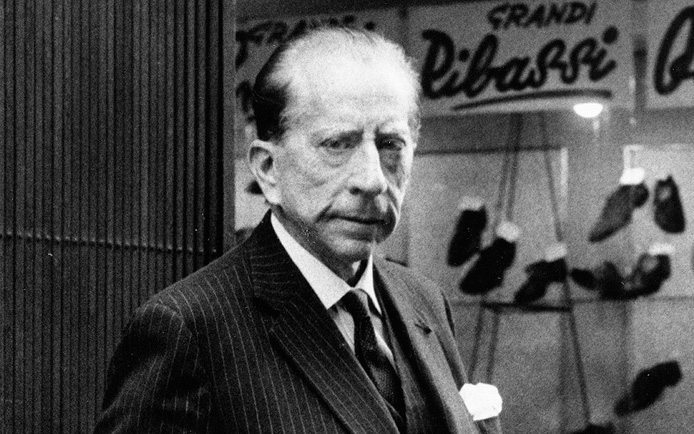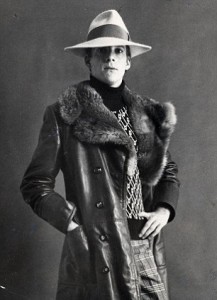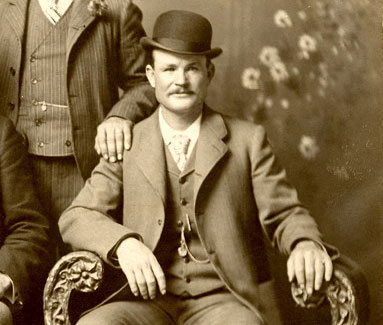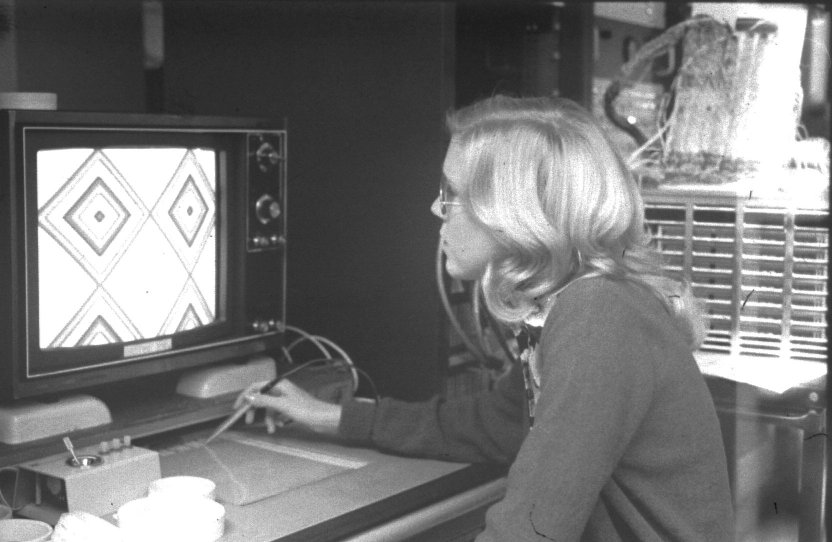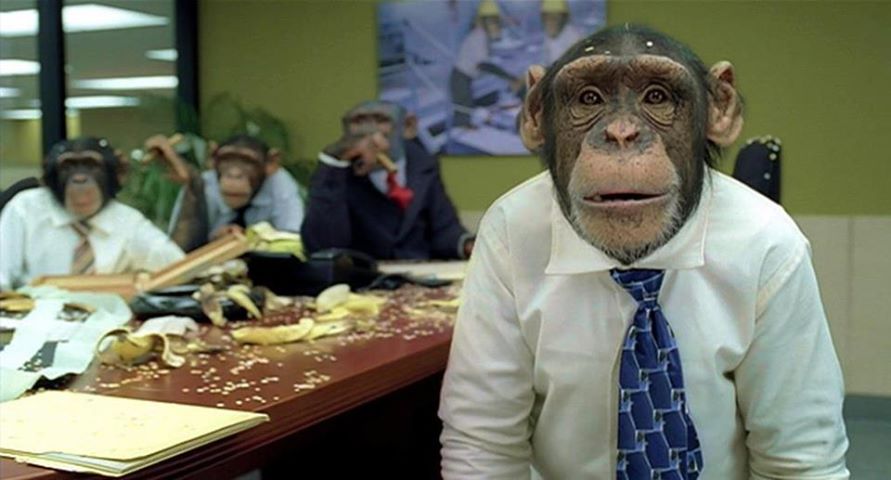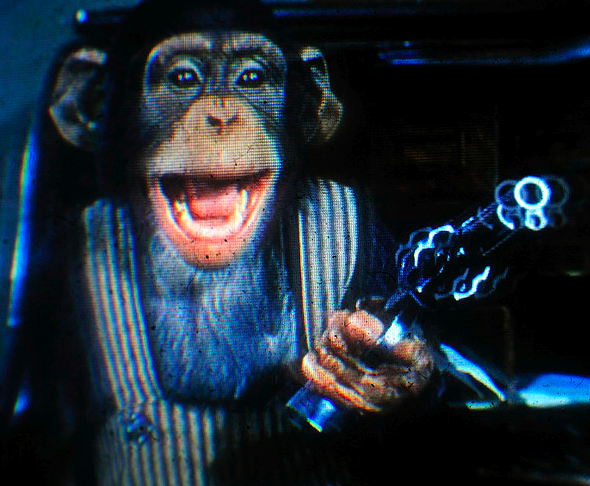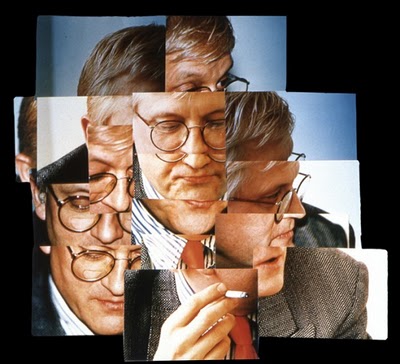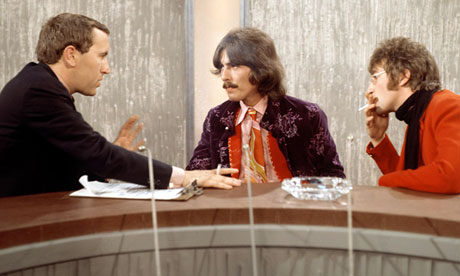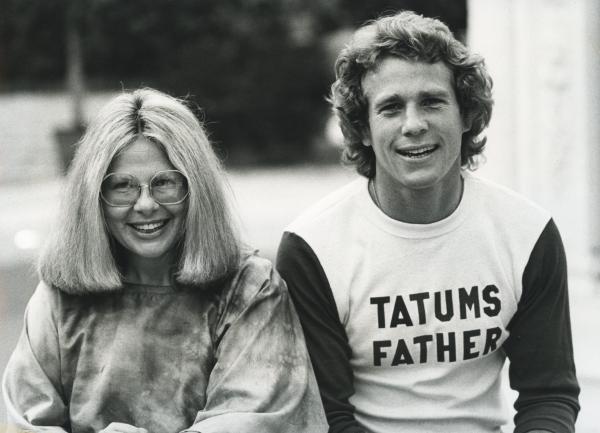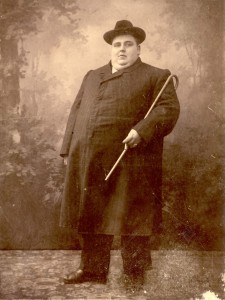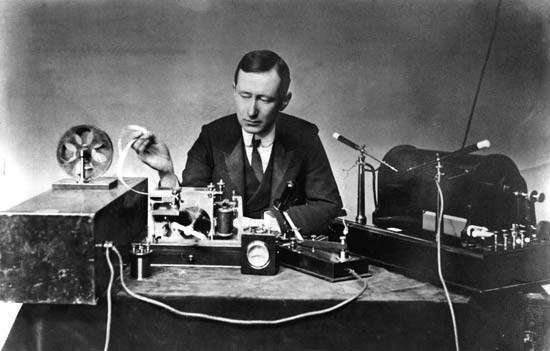
“Is Mars sending us signals?”
Marconi on Mars would be a great title for a Philip Glass composition, but it’s also an apt description of a bizarre chapter in the career of inventor Guglielmo Marconi, who appears to have suspected roughly 90 years ago that Martians were sending Morse code messages to Earth. His beliefs were the basis for reportage in the January 29, 1920 New York Times. The story:
“London–William Marconi informs The Daily Mail that investigations are in progress regarding the origin of mysterious signals which he recently described as being received on his wireless instruments. He hopes to make a statement on the subject at an early date.
Marconi insists that ‘nobody can yet say definitely whether they originate on the earth or in other worlds.’
________________
Paris–French savants are inclined to attribute to earthly causes the unexplained wireless impulses which Mr. Marconi says may come from sources outside of this planet and its atmosphere. Most of the French press treat the whole matter as a joke, under such headings as ‘Hello, Central, give me the moon,’ but some of the more serious journals devote studied attention to the question raised by Marconi.
M. Branly, a leading wireless authority, thinks that the fact that signals come in letters of Morse code tends to discredit the theory that they are of other than earthly origin. He says:
‘If we attribute these phenomena to solar eruptions, how can we explain that they come in Morse? If we attribute them to interplanetary sources (admitting that planets are inhabited) we must then admit that their people have reached a degree of development comparable to ours and that their science has led them to construct instruments similar to ours. This would be a succession of coincidences that I would call improbable.
‘It might be that solar eruptions were the cause of wireless phenomena, since light has certain effects on electromagnetic currents. It might be possible that these disturbances caused raps in our receiving instruments, but not letters of the Morse code.’ M. Branly recalled that there existed a prize of 100,000 francs for communication and answer between the earth and any planet.
M. Baillaud, Director of the Paris Observatory, said:
‘Frankly, I am in ignorance of this supernatural correspondence. It would seem that if New York and London received these messages, we should have received them at the Eiffel Tower.’
General Ferrie, head of the military wireless, said:
‘We have heard nothing abnormal recently at the Eiffel Tower. We have disturbances which bother our communication, but they are continual. We attribute them to atmospheric variations and sometimes to the magnetic influence of the sun. Wireless men do not know much about these currents. They are more frequent in the Summer than in Winter. They are sometimes so intense that we can receive no messages. We call them parasites of radio but we do not think that they are supernatural.’
M. Bigourdian, chief of the Observatory Service, advances the theory that the planets and sun do have something to do with the wireless phenomena.
 ‘The explanation,’ said he, ‘is that when certain planets attain a position with regard to the sun such that the summits of their mountains are lighted and the bases are dark, the summits appear as points, distinct from the body of the planet, and these points of light may have an influence. But I know nothing about their talking in Morse.’
‘The explanation,’ said he, ‘is that when certain planets attain a position with regard to the sun such that the summits of their mountains are lighted and the bases are dark, the summits appear as points, distinct from the body of the planet, and these points of light may have an influence. But I know nothing about their talking in Morse.’
The Petit Journal says that French experts will do well to improve the communication service in France before they go about communicating with Mars. The Matin advances the theory that Hertzian waves from the sun are responsible for it. It says:
‘Here is a possible explanation: The cosmic Hertzian waves noted by Marconi come from clouds giving forth electrical discharges which occur in the solar atmosphere and which should engender Hertzian waves, analogous to those earthly clouds, but infinitely more powerful.
‘Nineteen years ago a French scientist demonstrated that the sun sent us Hertzian waves, and on the summit of Mont Blanc he made experiments to study these waves. These experiments did not give good results, but today, with receiving instruments more sensitive, it is possible that the phenomena noted by Marconi are the same as those the French savant announced.’
Camille Flammarian, the astronomer, holds that all the world are inhabited. As to the Marconi ‘revelations,’ he says:
‘I think with Marconi that the interruptions in the wireless messages may have their cause in a magnetic storm on the sun. The sun and earth are joined, in spite of their immense distance apart, by invisible ties of attraction. It is not poetic fiction to compare them to two hearts which beat in unison. This globe, which appears to many of us stable, possesses a great amount of mobility. It is the plaything of fourteen different movements.
Is Mars sending us signals? That is the question for which a long time has interested us, since the publication of the Martian geographical charts, on which were observed singular features, the origin of which did not appear to be due merely to chance. We should be glad to take a step further toward our neighbors of the skies, who, perhaps for centuries have addressed to us signals to which we have never known how to reply, terrestrial humanity being still absorbed with the grosser demands of material affairs.
‘Astronomers who have known how to withdraw themselves somewhat from these material affairs hope to have soon an opportunity of following out to a triumphal end of the investigations already commenced.'”



